Music Studies Centre
Music Studies Center in Santiago de Compostela, Galicia.
The Music Studies Centre is located in the Vista Alegre property, one of the most significant green areas in the surroundings of the old quarter of Santiago de Compostela. Described as a University Park, Vista Alegre hosts a group of buildings linked to activities related to academic and research practices. The Musical Studies Centre is dedicated to postgraduate studies for musical improvement, and the training of the Galician Orchestra musicians.
The proposal has its origins in a competition asking for the insertion of a pavilion which program demanded the development of classrooms for the education of music, with defined volume, height, occupation and materials, in a non-symmetric exercise, as it is set against a pavilion made of the same materials and with similar dimensions.
The sequential approach to the architectural object defines different levels of comprehension, depending on the distance of the viewer. From afar, the building seems to have been literally dropped onto the ground. It sticks, without any continuity, to a carpet of green grass that covers the surface of the site, being silhouetted against the background, like a rock with cubic vocation. From the middle distance, the lines of demarcation become less definite; the trace of a broken line appears, distorting edges; and a superficial vibration of light, material and shadow emerges, fixed to a rhythm of seven parts. As we move closer, the shape gets broken; the stones bulge, expressing their abrasive materiality and defining apertures which convey the varied constructive scales of the building; like incisions of light that tear the facade and transform the hole into a shadow suggesting the subtraction of mass by light, as a result of the big interior volume.
The granite ashlar work of the facade is made up of stones which present their rough-hewn side, this is, the line along which the blocks have been split. The technique used for cutting the stones puts to use ancient techniques by which stones are opened looking for granite natural opening plane, where it breaks more easily. It is a constructive system that uses techniques of drill to break the piece of stone, using as well the border sides; reconsidering the constructive process and stone handling techniques, from quarrying to cutting. There is a search of the constructive expression of the stone, as we have learnt from the history, going back to Egypt and Rome.
The salient feature running through the project is that of duality and contrast, that in the scale, the timbre and its materials, build the space reaching complexity. Distortion, subservient to the harmonious composition, enhances the space and shapes highlighting the use of materials in spatial terms.
The project aim has been to produce an architecture deeply rooted in Galicia, considering its cultural and atmosphere particularities, restoring the memory of the place. It seems as if the building has always been there.
Antón García- Abril Ruiz

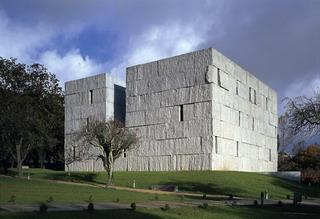
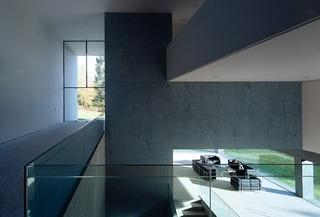
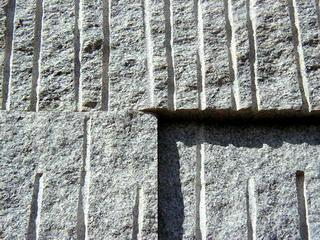
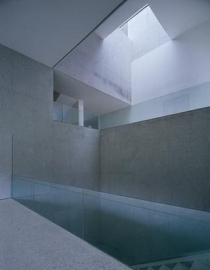



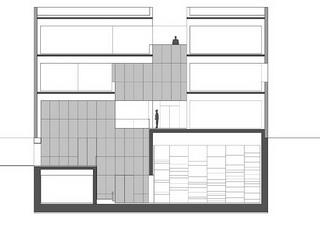
.jpg)
.jpg)